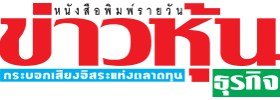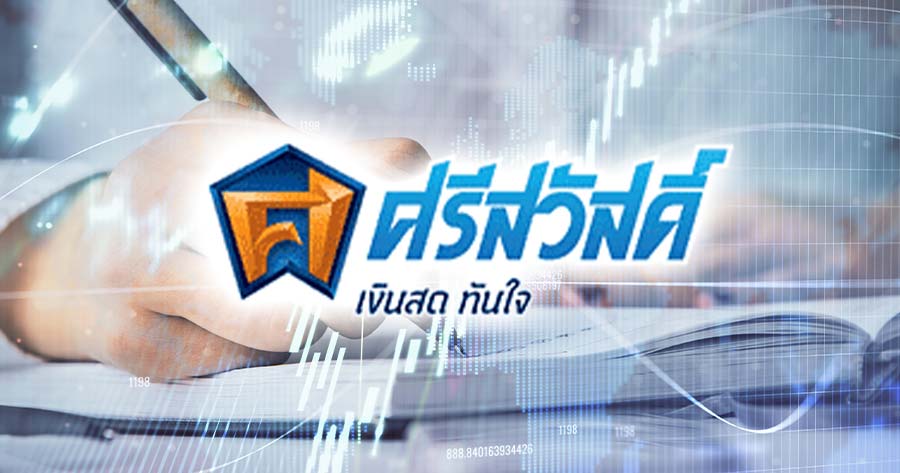
Analyst Expects a Solid 3Q20 Normalized Profit from BTS, Awaiting ฿100bn Project in 2Q20
Analyst Expects a Solid 3Q20 Normalized Profit from BTS, Awaiting ฿100bn Project in 2Q20.
In the upcoming release of listed companies’ financial statements for the fourth quarter of 2019 operation, KGI Securities (Thailand) has reiterated its “Outperform” rating on BTS Group Holdings Public Company Limited (BTS) with a mid-2021 target price of ฿15.20/share (16% upside).
KGI expects BTS to report a solid 3Q20 (October-December 2019) normalized profit of Bt1.17bn (+9.8% YoY, +7.2% QoQ), accounting for 30% of KGI’s FY20F forecast. The company’s 9M20F normalized profit should be Bt3.15bn (+64.6% YoY), accounting for 82% of KGI’s full-year forecast.
Further, KGI expects construction revenue to remain the biggest portion of revenue for the group as civil work on two projects was 46% of total as of end-2Q20.
The negotiations between Bangkok Metropolitan Administration (BMA) and BTS on the potential review of the Green Line contract to give commuters cheaper prices (i.e. less than Bt65 per trip) has not been approved by the cabinet yet. In our view, KGI expects BMA to extend the concession by 30 years for the Green Line network in exchange for the maximum price control. Preliminarily, this would add around Bt4.00/share to KGI’s current valuation.
Looking ahead, BTS plans to join the bidding on Orange Line West by BGSR (BTS, Gulf Energy (GULF), Sino-Thai Engineering and Construction (STEC) and Ratchaburi Group (RATCH) consortium, which is expected to launch TOR in 2Q20.
The project value is around Bt100bn and KGI expects BTS to finance the project using DE ratio at 2:1, which believes BTS can finance as its equity base is at least Bt50bn over the next few years. KGI views that BTS would keep its stake at 60-70% in the consortium (versus a 75% stake for the Pink and Yellow Lines).
On the other hand, KGI has pointed out some risks that would affect the performance of BTS in 2020 such as the slower-than-expected economic recovery and political conflict.



